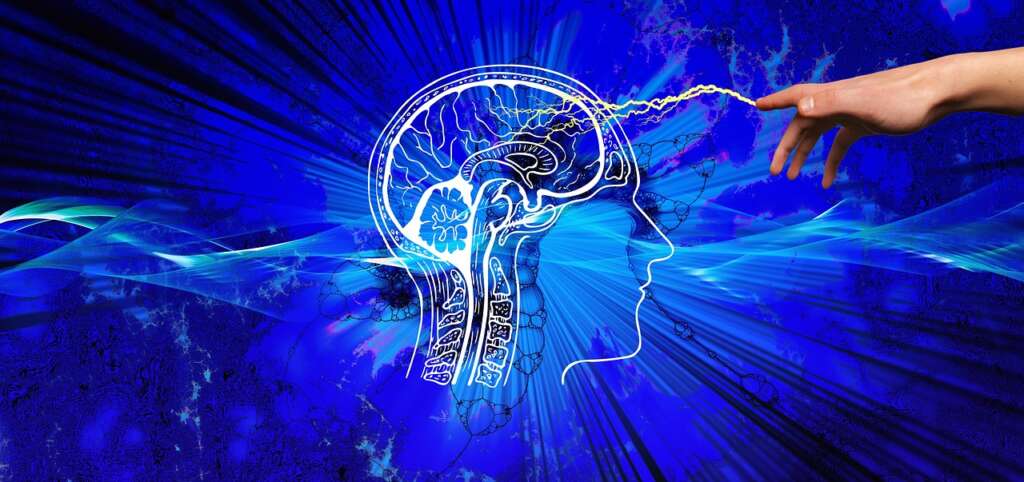The amygdala is an almond‐shaped structure (hence the name “amygdala, which means “almond” in Greek) that is buried deep within the temporal lobe. We actually have TWO amygdalae, one in each hemisphere, but we usually referred to them in the singular.
Anatomically, it is not one single structure but a complex cluster of nuclei that include the basolateral amygdala (BLA), the central amygdala (CeA), and the medial amygdala (MeA), which have been identified as critical structures for anxiety.
In general, the amygdala plays an essential role in mediating emotions, particularly the generation and experience of fear that can give rise to anxiety. In addition, the amygdala integrates autonomic (i.e., involuntary responses like increased heartbeats, sweating, shaking, etc..) and behavioral responses to stress, thus mediating the relationship between stress and anxiety.
STRESS
There is strong evidence that both acute and chronic stress can induce anxiety. For example, in rats chronic stress and early exposure to stress by way of maternal deprivation not only induce persistent anxiety even after 21 days from the end of stress , but also induce a series of functional and morphological changes in the brain. Particularly, stress has been linked to changes in amygdalar neural plasticity and electrophysiological responses, as well as enlargement of the amygdala (i.e., amygdalar hypertrophy).
FEAR
The amygdala plays a central role in the generation and experience of fear that can give rise to anxiety The CeA for example is known as being involved in processing explicit cue information (for example an angry face) associated with fear. For example, the presence of unattended fearful faces is linked with increased amygdala activity.
ANXIETY
Evidence suggests that the amygdala is involved in the generation of anxiety, with or without the presence of a threat. Indeed, it is the central orchestrator of anxiety responses. For example, studies found that activation of the CeA and the BLA (two main components of the amygdala) is anxiogenic (i.e., cause anxiety), while their inhibition is anxiolytic (ie., reduce anxiety). Furthermore, healthy individuals who experience anxiety show elevated amygdala activity. Its influence on the hypothalamic-pituitary-adrenal axis (HIPA – the stress pathway) is what defines its role in anxiety. In fact, when the HIPA pathway is activated, glucocorticoids are released (stress hormones) into the bloodstream, resulting in a series of reactions designed to arouse the body into action.
Reference:
Linsambarth, S., Moraga-Amaro, R., Quintana- Donoso, D., Rojas, S., and Stehberg, J. (2017). The Amygdala and Anxiety. In Ferry, B. (Ed.), The Amygdala – Where Emotions Shape Perception, Learning and Memories (pp. 139-171). IntechOpen. https://doi.org/10.5772/63124

